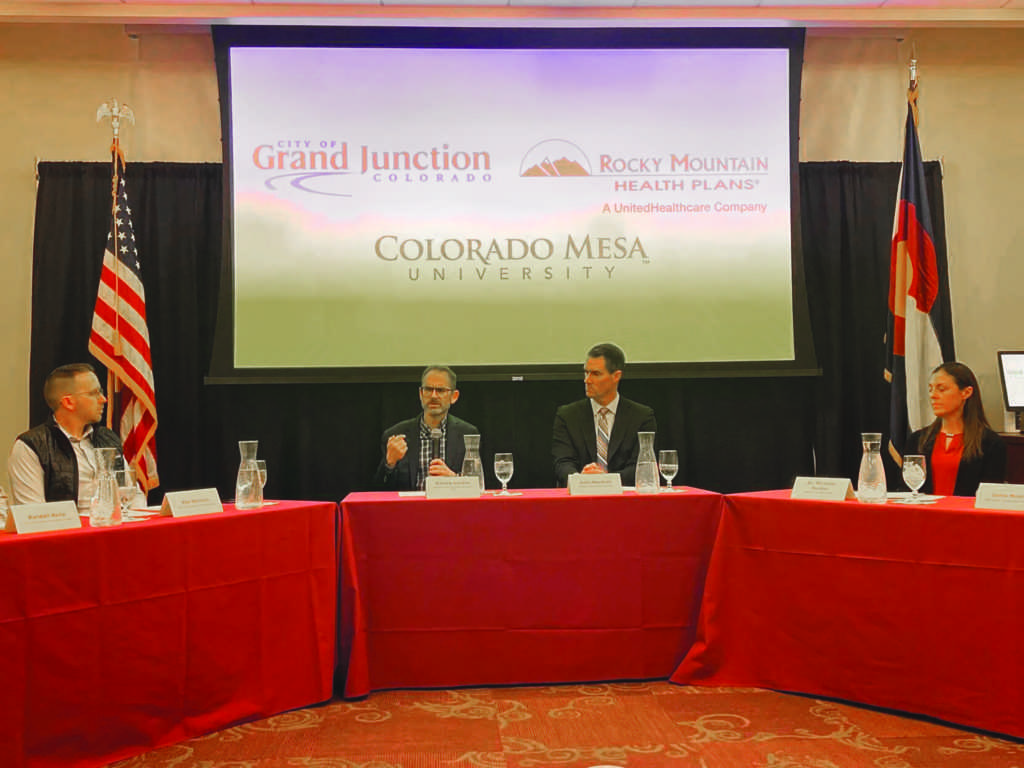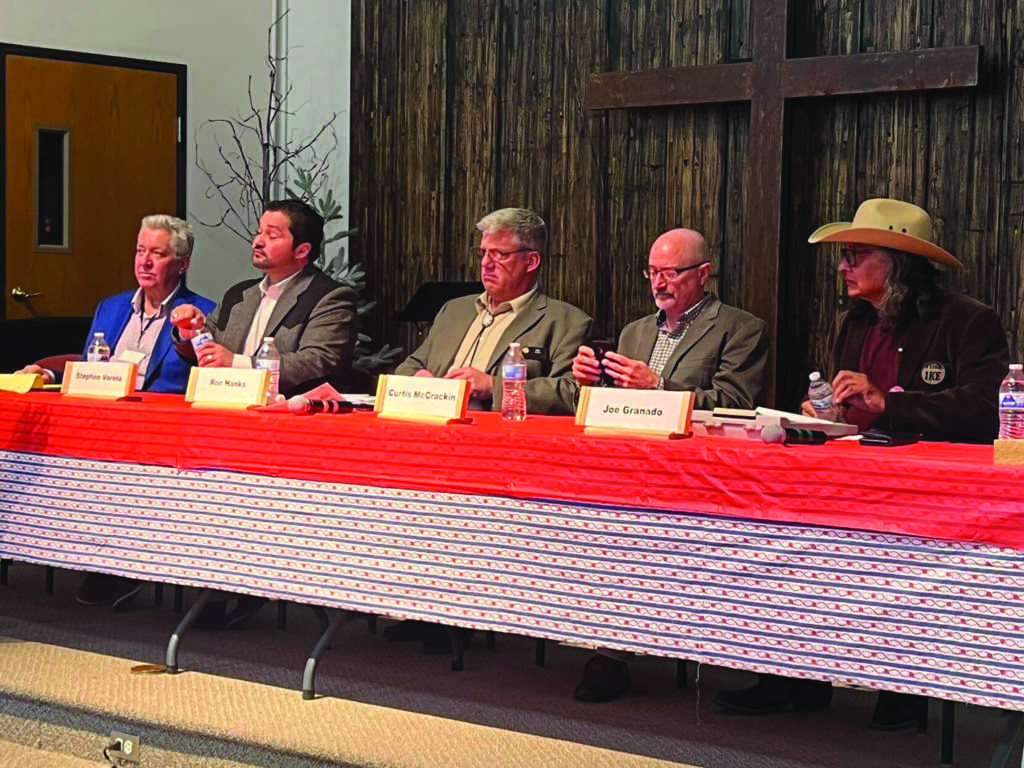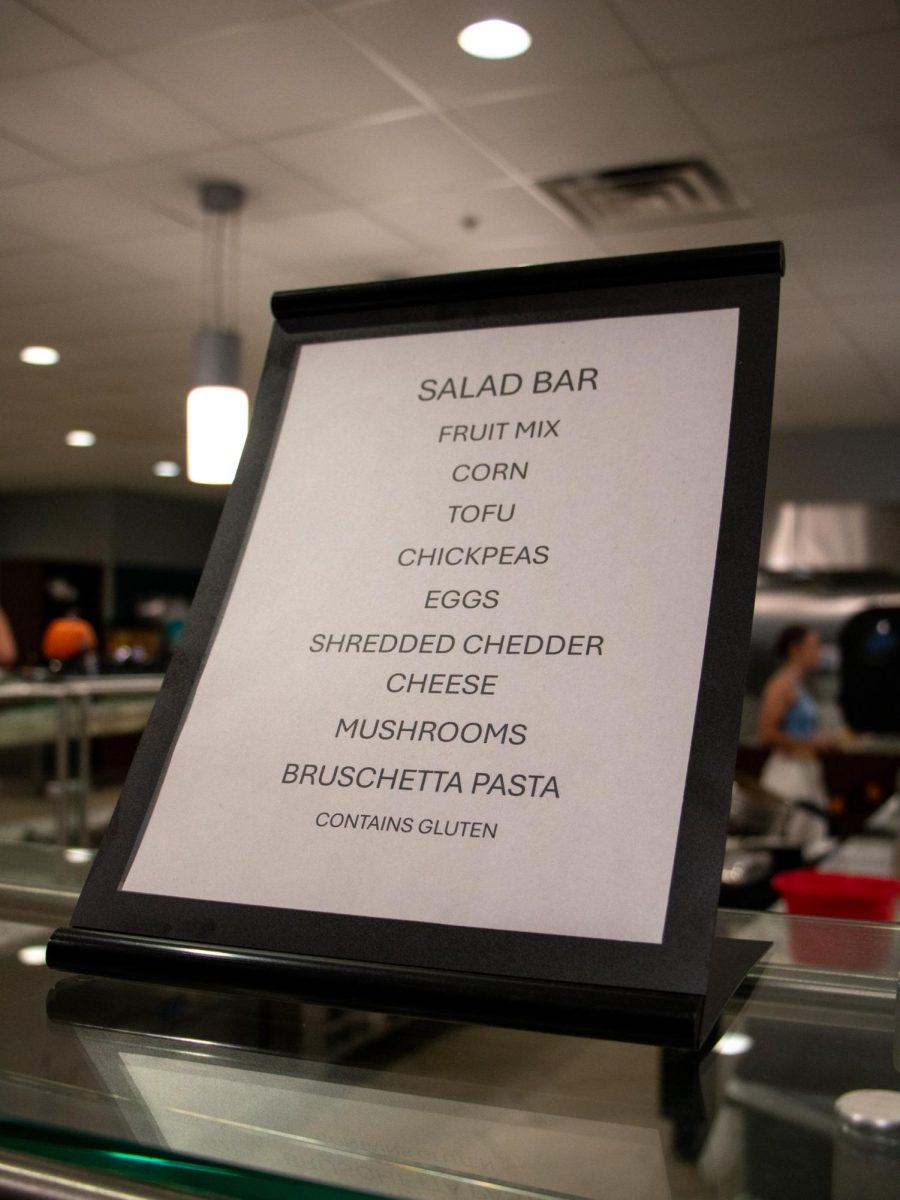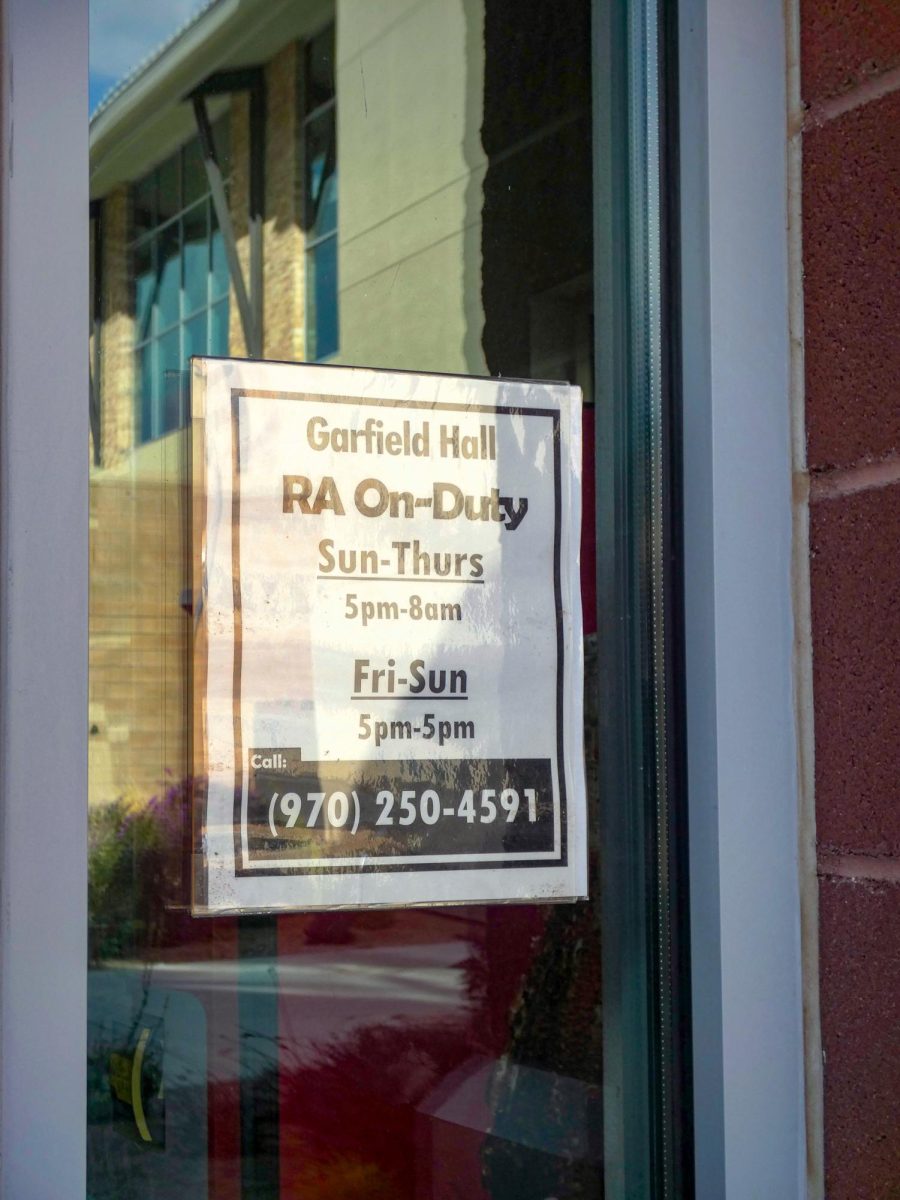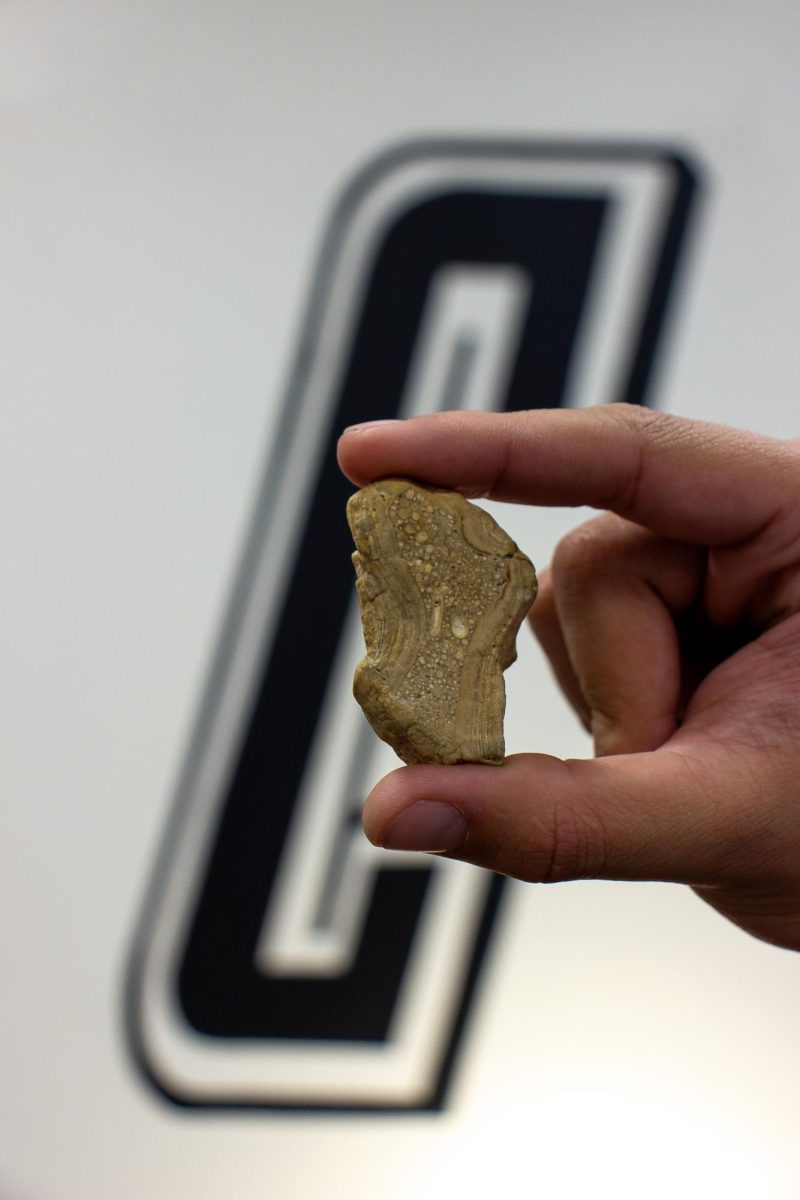Mesa County–much like the rest of the nation–is in the midst of a worsening housing crisis. Consequent to labor and supply-chain shortages, as well as stagnant property taxes and a variety of additional factors, affording a place to live in Grand Junction has become increasingly problematic.
Of the many recent and surprising factors which lent themselves to the crisis, the most interesting might be the paradigm shift behind why Americans choose where to live.
“Prior to now, [Grand Junction] was going through busts and booms, and it was all based on natural resource extraction,” Mesa County Community Development Director Greg Moberg said. “What’s happening now is completely different. People that are moving here, are moving here because they want to; it’s not based on natural resource extraction, they’re just moving here because they know it’s a great place to live.”
Partly as a result of the pandemic, many jobs are now online. Because Americans are no longer tied to a specific location for their jobs, many are flocking to popular states, such as Colorado, en masse. Essentially, the Western Slope of Colorado is no longer a secret to the rest of the country.
In addition to this paradigm shift, COVID-19 can be attributed to a widely disrupted supply chain and labor shortage which has severely impacted housing prices.
“We have the situation where you have supply chain issues, so those costs are going up,” Moberg said. “Dirt is rising, in terms of the cost of land. It used to be that you could get a hay field for a couple of thousand dollars an acre, well, now it’s $10,000 an acre. And so now that all has to go into the cost of housing. The difficulty of finding work, people that will come in and do that kind of [labor]…elevates the cost.”
On top of COVID-related shortages, a long-standing stagnation of property taxes has led to a rise in impact fees. In place of the money lost over time via inflation, developers began implementing ‘impact’ fees. These range from transportation to recreation and fire department impact fees.
Regardless of these burdens, Mesa County’s Office of Community Development remains diligent in providing as much housing for the Western Slope as possible.
“[Here in Mesa County] we can, generally, in three to six months, get a subdivision through. If you were to go to Fort Collins, Boulder or Denver, it would take several years to get it through the process,” Moberg said. “So, we try our hardest to get it through as quick as we can, because we know that’s going to affect the costs for the applicant and, ultimately, the developer or the homeowner that’s coming in.”
Aside from the county’s efforts to provide Grand Junction with affordable housing options, Colorado Mesa University’s (CMU) administration equips students with options to circumvent the housing crisis altogether.
“We didn’t see a rate increase for, I believe, 2020 and 2021,” Director of Residence Life Emily Bollinger said. “And then we did see a small increase across the board in 2022. A lot of that had to deal with the cost of living for everything going up. [This includes] needing to cover the increase in labor costs for facilities workers, for replacing appliances, replacing beds and furniture, as well as paying for electricity, water, sewer and internet. So everything went up, and we still didn’t even match the rate of inflation. I think that is a testament to what John Marshall and the board of trustees are trying to do for CMU.”
Given the complex housing crisis with seemingly no end in sight, there are a variety of factors to consider changing; regardless, CMU supplies students with a sustainable alternative in the meantime.







